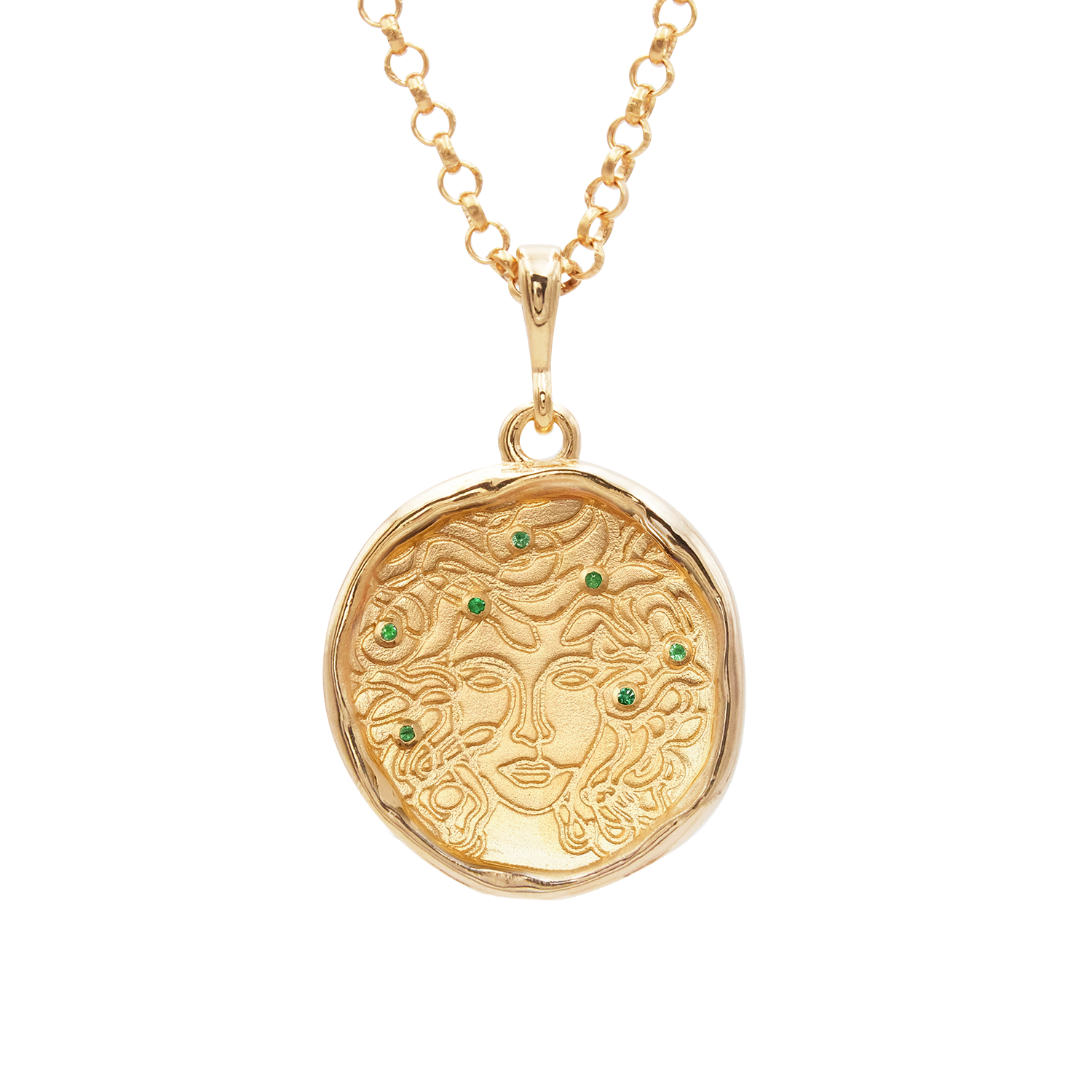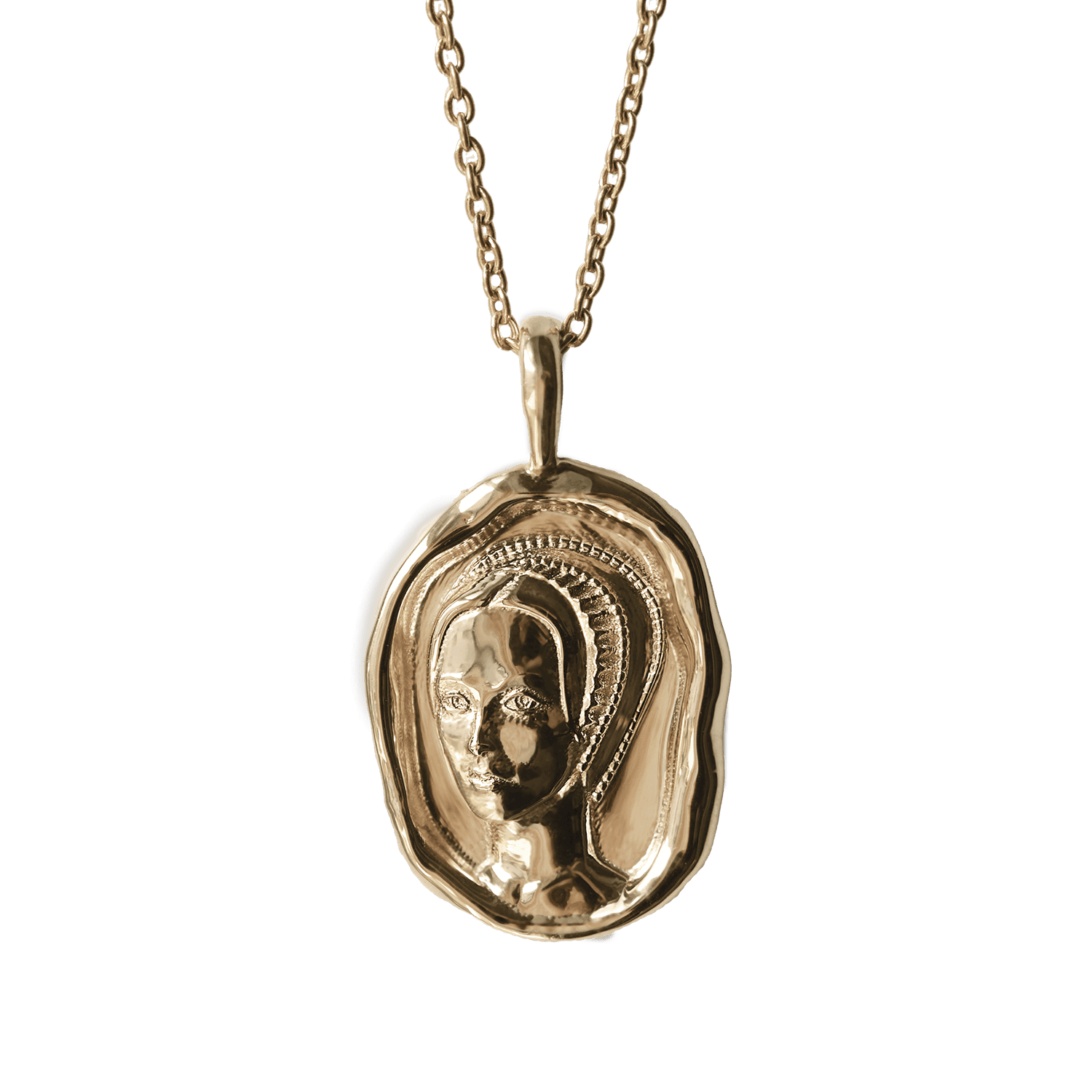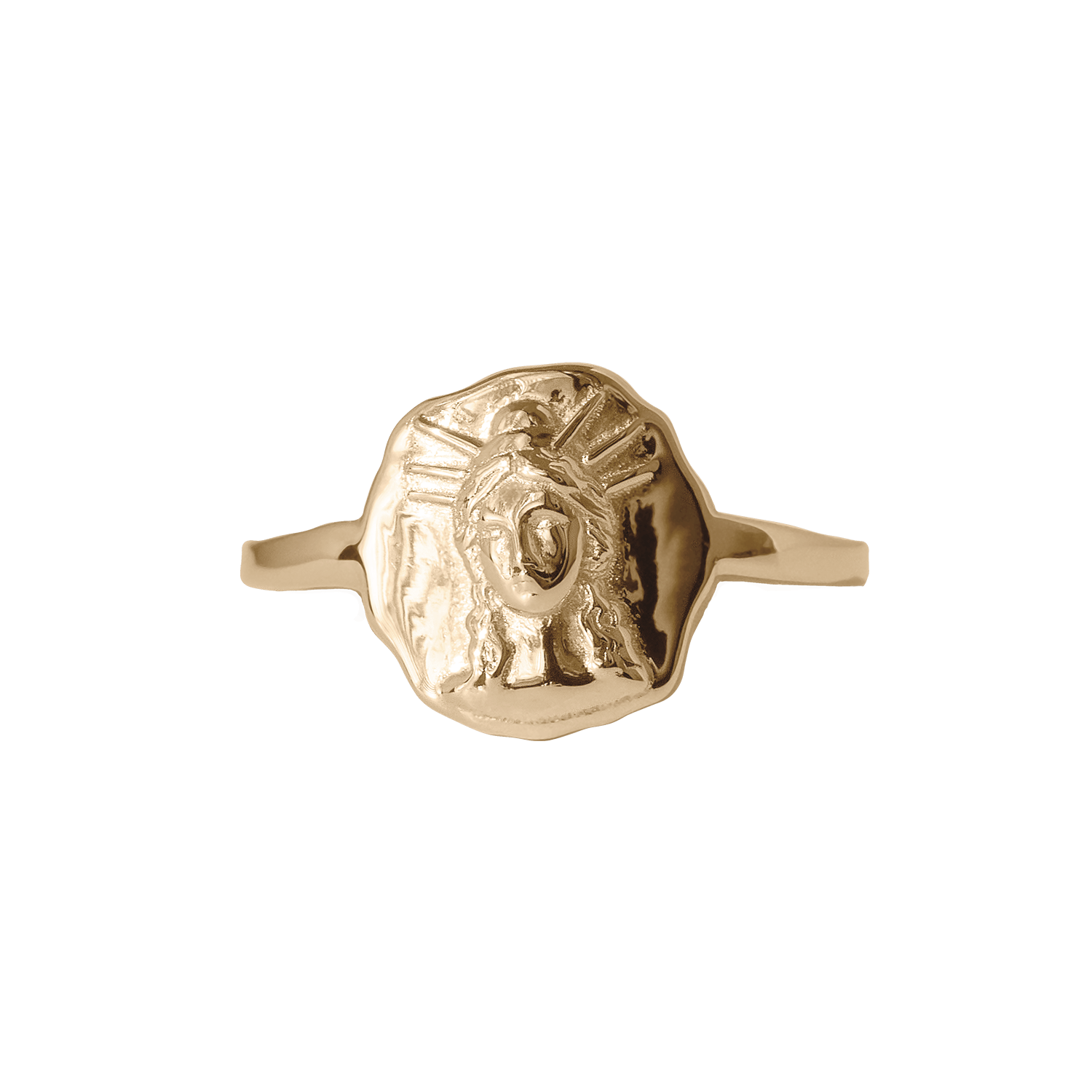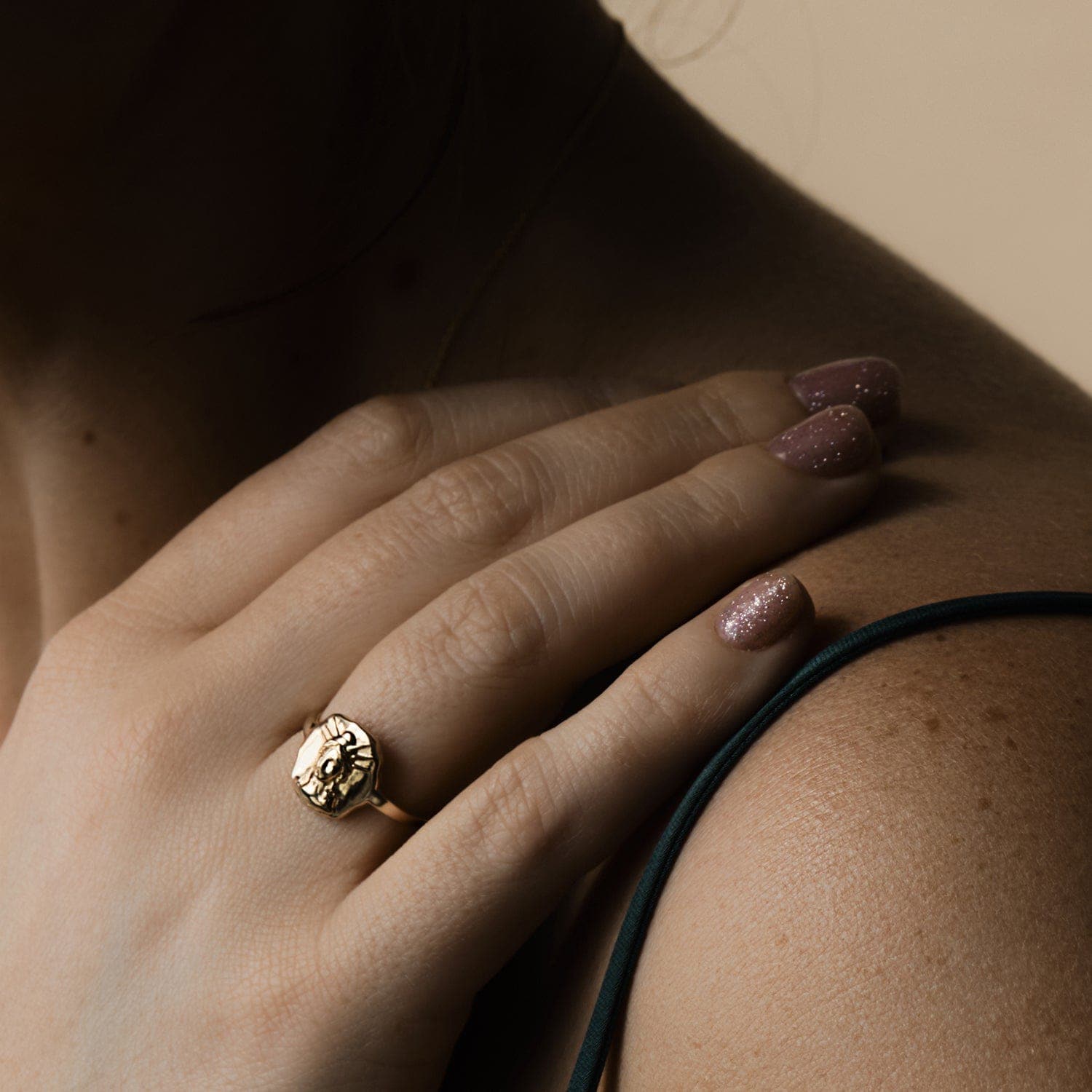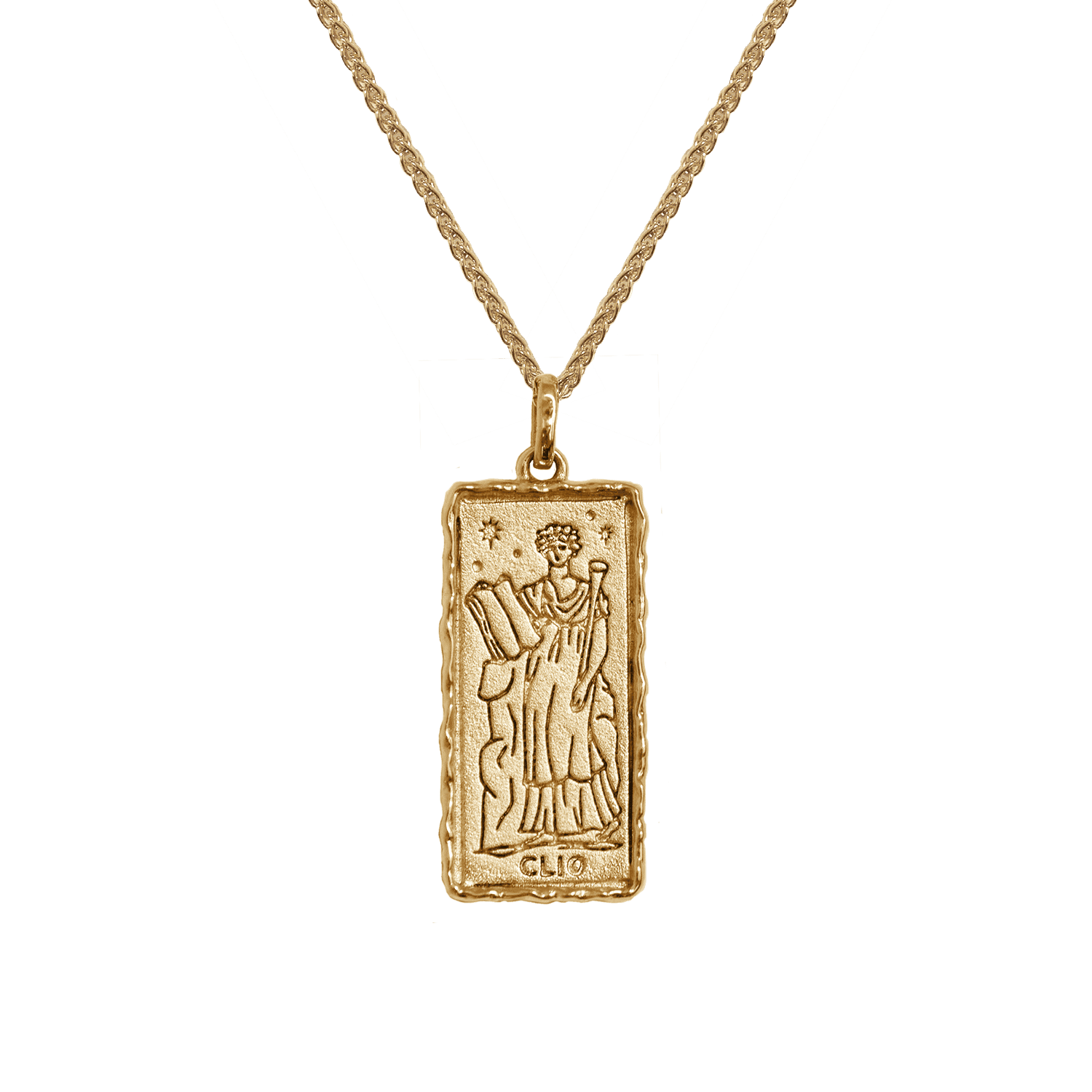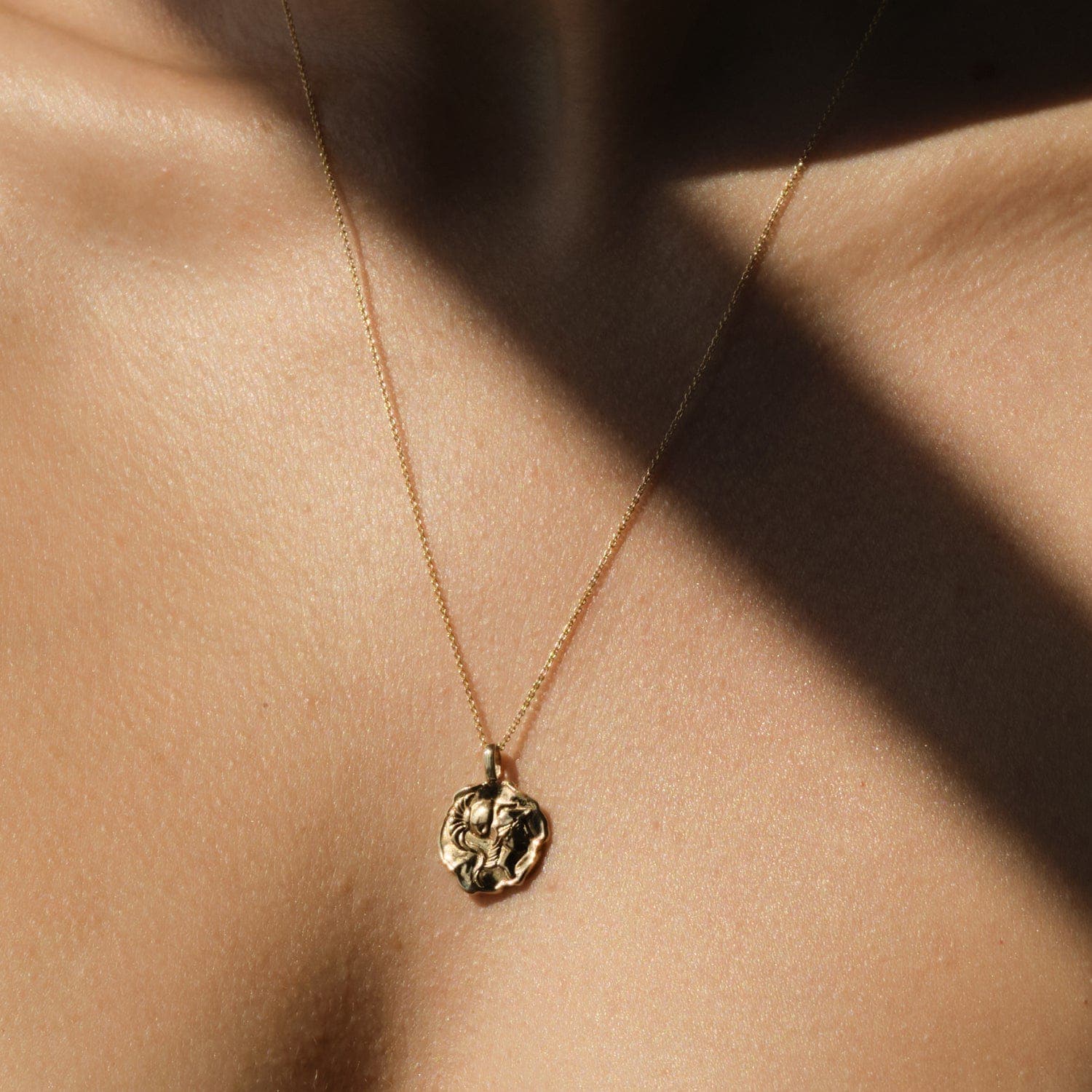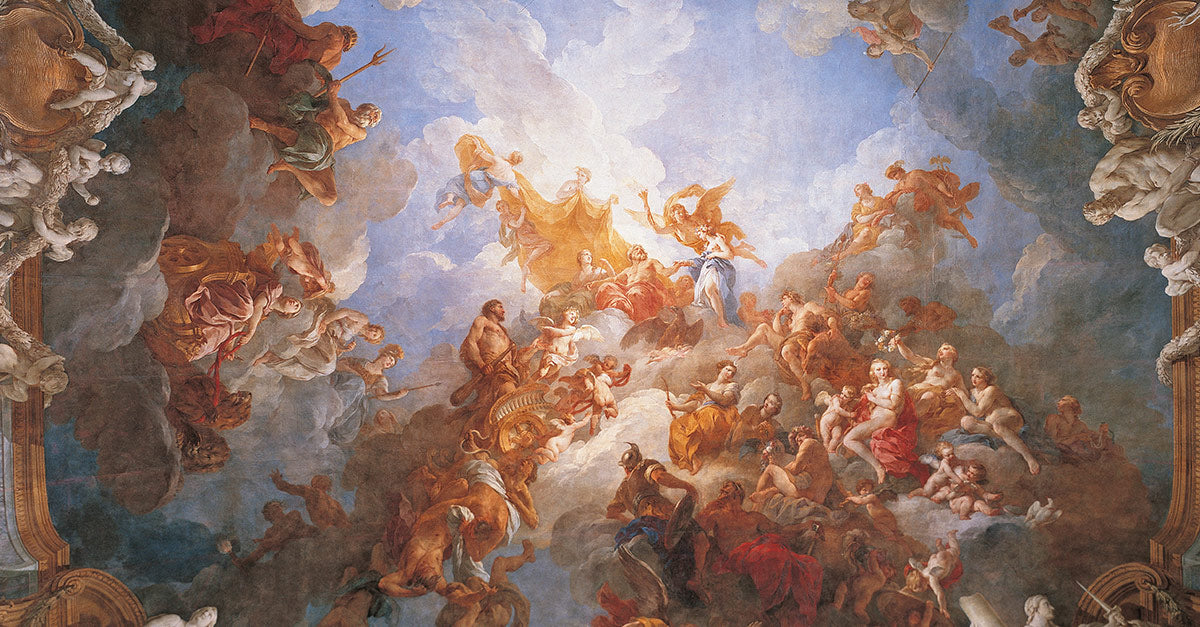I love autumn, but I am loath to let go of the pleasures that come with the summertime. The heat of the afternoon allows for little more than leisure, lounging with iced drinks, enjoying books in the shade. It’s as if the world is telling you that it’s time to give yourself a moment of rest, even luxury, once in a while.
Plump, perfect little clouds capture the golden rays of the end-of-summer sun, positively picturesque against azure skies. It’s a rococo painting in the sky, as if hand painted for my evening enjoyment by some Italian painter inspired by the laughter of children, the euphoria of young lovers, and the gods, dancing and drinking and lounging.
Rococo art was an airy and lighthearted reaction to the dark heart of Baroque art that swept across Europe during the reign of Louis XIV. You’ll recognize the rococo style by the lightness of it. There are no harsh lines or intense focal points, as everything is easy, romantic, ornamental and beautiful. Sumptuous dresses and ruffled fabrics hemmed with lace seem impossibly weightless, and pastels and soft curves abound.
Women with curls in their hair wear their skirts hiked for frolicking, showing off stockings with bows while they carve their lovers’ names into trees. Perky little puppies sit patiently beside languid picnickers, and baby Cupid floats on a gentle breeze with dove-white wings. Sensuality is subtle, light, playful and sweet.
Life consists of afternoon fetes in the forest, reclining goddesses with flushed cheeks and sensuous curves, and of course, puffy summer clouds lazily trawl across the sky. Rococo art is at once rich, full of color and elaborate ornamentation, and delicate, gossamer and fine.
The rococo art style did not last long, but it was a celebration of beauty, of love and joy, of life romanticized because you only have the one, so you might as well; a reminder that life is more beautiful than you could have ever dreamt it to be, and you only need to open your sparkling eyes to it.
